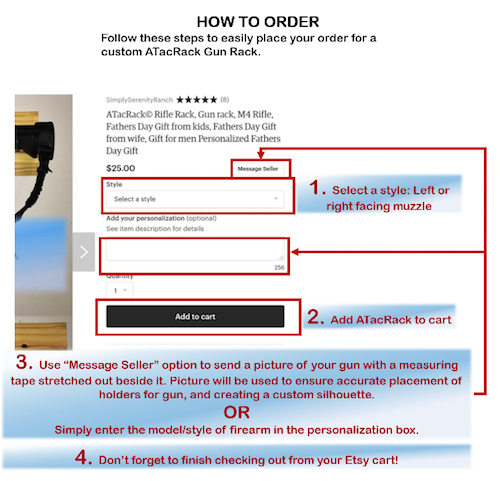
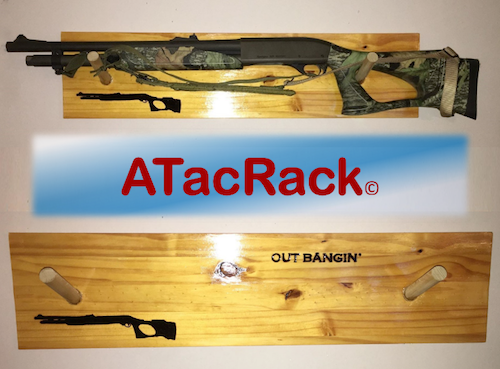
*Making Money During Down Time (From Hobbies & Trash)*
By: DNA-Doc
31 January 2020
Most of us stay BUSY, work long hours, then want to just come home and crash and chill and watch TV (or whatever other relaxation we like) to give our minds a break. I've found that this is a great time to do some type of "craft project" that helps my mind relax and get away from work, as well as providing an additional small income stream. With the internet, it's easy to make, advertise and sell small projects, either locally or providing shipping options. In this article, I'll discuss from my experience the type of products that sold best, how to gather supplies and find inspiration, where/how to market/sell the products (pros/cons of several platforms) and some shipping, advertising and pricing advice. My biggest take-aways from selling my "free time creations" were to make things *I* wanted/liked/wanted to give as a gift and then try selling them, and to use the supplies/materials I had ON HAND. Also, this article is specifically for being productive, and potentially making a little extra cash, during otherwise unproductive time, and improving skillsets, not "running a home business that'll become a primary job."
Custom Vs Premade Products:


Custom products are generally a basic product, individually customized for each person who buys one. For example, a wooden cutting board is the basic product, and the customer chooses a quote/lettering they want laser engraved on it. While the product can be partially pre-made (cutting/polishing the cutting board), it still has to be FINISHED (adding the customization, sealing and treating the wood, etc) after the customer orders. It takes longer to get the product shipped to the customer, which can lead to complaints by people who don't understand what it takes to handmake items. When advertising Custom Products, pictures are "samples" of finished products, and the listing has to contain instructions for what type of customization is allowed (plain text vs uploading a picture, etc), limits on the size of the text (limit 15 characters), pricing conditions if applicable (15 characters free, 16-30 characters +$2, 30-45 characters, +$4, etc). While there's no limit to what can be dreamed up with custom products, there's NO LIMIT to what can be dreamed up, and it can get complicated quickly.
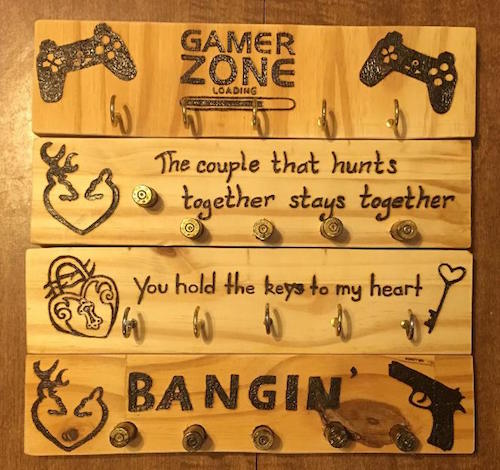
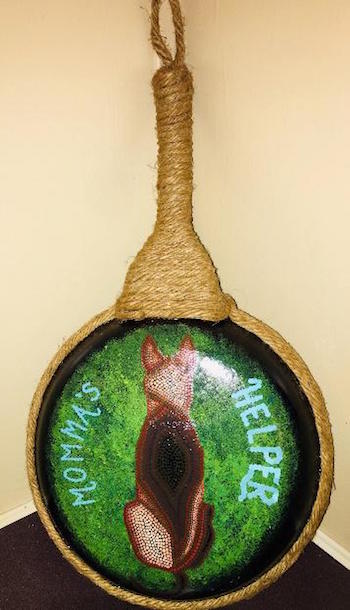
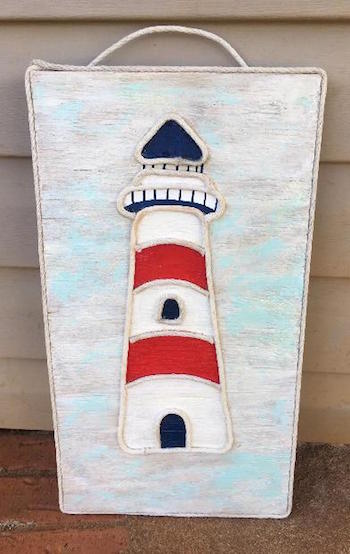
Premade items are those that are made and advertised/sold "as is." It can be one unique item, or many of the same item advertised/sold alone or in a "bundled discount." Premade item advertisements tend to be more simple, as they only need to include pictures of the finished item, and a description of it including dimensions, weight, use, etc. The products can be made and stuck in a closet (or USED, by YOU) until they're ordered.
I found I preferred "Premade" products—I could make whatever I was in the mood/inspired/had materials on hand to make, and list it, and often someone else thought it was as cool as I did and would buy it! It didn't take a lot of my time, and provided the mental relief I wanted from just DOING MY HOBBY(IES) without the pressure of having to fulfil orders. Also, if the item didn't end up selling, I used it for myself, or turned it into a gift when I otherwise would have had to buy something.
Supplies:
USE WHAT IS ONHAND! I made the most money from old pizza boxes and Diet Coke wrappers and caps, seriously. I used a hot glue gun, but cheap white school glue would have worked just as well. It took me about half an hour to turn them into small door wreaths, and I sold them for $15, plus about $6 for shipping. One lady paid $25 for the heart wreath, and paid $45 for expedited shipping! No kidding...
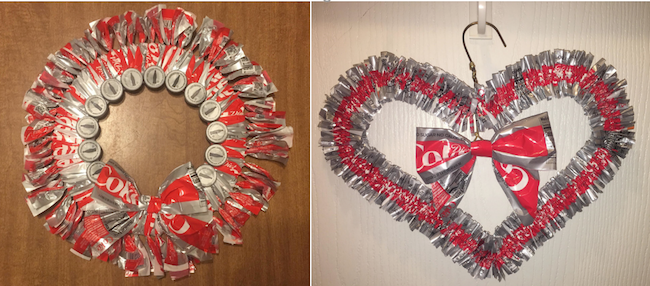
That said, most of us preppers keep a lot of tools on hand that we rarely use. I have put ALL of our tools to use (thank you Warlord for keeping them all well maintained and operational! ;) ), and like I said, my best projects are usually from scraps around the house/yard—JUNK.
Make products based on what you already have (IE, crafting stuff, cloth, or woodworking materials, scrap wood, fallen trees, DIET COKE BOTTLES, other "trash" etc), don't go buy a bunch of materials and tools right off the bat. If you don't have access to woodworking materials, find a friend who does, or don't tackle those projects yet. Look around and see what you have that you might like to get rid of, like those rusty bikes out behind the garage... You can make A TON of cool stuff from old bikes!
If you have nothing, buy something CHEAP and SMALL to start off. A wood burner is a great starter IMO, but you can make a lot with plain colored paper too. (Lots of tutorials for upcycling magazines into useful objects, or making wreaths from origami, etc.)
InspirationWhen I found something I wasn't using, but didn't want to take to the dump, I went to google and searched for "upcycled item," for example "upcycled bicycle," "upcycled bicycle parts," "upcycled bicycle inner tues," etc. People have made tables, chairs, clocks, toilet paper holders, jewelry etc etc etc from bikes. I could usually find a tutorial or figure out how to make the item on my own. Before spending a lot of time on something, I usually tried checking a site like Etsy to see what the market for the item is (if there are a lot of "professionals" selling an item, it's harder to compete when just making the items for fun—a good example of this "trending" now are vinyls and personalized tumblers/shirts). Again, I tried to keep the projects simple and stay away from those "Dollar Store Craft Projects" that require buying a lot of supplies for a specific project. Construction paper, old cardboard, wood scraps, and stuff you can pick up from outside/around the house are great starting points. Projects that keep the hands occupied while the mind does other things are great, like knitting, origami, jewelry, woodburning (to an extent), etc.
Online vs in person
A lot of "professional artisans" set up online stores, create their own websites, attend craft fairs, set up booths at local boutiques, etc. When just crafting "for fun," I found the best way for me to make money was to advertise locally on social media. Most social media platforms have a "marketplace" where you can freely advertise your products, and people from the area will set up a time and place to meet and purchase the product from you.
I also used Etsy for awhile, and got a lot of sales from it, but it also took a lot more time to set up and maintain the listings, cut into my profits due to the fees, and shipping could be "frustrating." The benefit of using an established platform like Etsy is that many people shop on it, whereas the likelihood of an individual website being found (without putting A LOT more work into it than I was willing to) is low. Also, Etsy is generally good about protecting sellers from scammers. There are a lot of resources available for selling on Etsy (full YouTube channels devoted to it) and joining a forum/group of established sellers can be helpful for getting questions answered.
Shipping
When only selling locally, this isn't an issue. When selling on a platform, or someone from a distance finds and wants the product, shipping becomes an issue. Amazon has spoiled us, most of us are willing to pay $30 for a product, but not willing to pay more than about $5 for shipping, if that. Selling bulky or heavy items means higher shipping rates, which causes a lot of people to not buy the product. One way to combat this is to add half of the cost of shipping to the item... So, if shipping a $30 item will cost $10, advertise the item for $35 and charge $5 shipping.
Professionals often buy bulk shipping supplies, which I rarely did... I recycled boxes from Amazon by removing the address label and some of the tape and sticking my item in the box with a piece of printer paper with the new address written on it.
Pictures
Take a lot of good pictures from different angles. Also, include the item dimensions on a picture, or even add something next to the item for scale (a quarter makes a great "scale" for smaller items). Blurry pictures with a lot of background noise tend to make people not as interested in the item as pictures with just a little more time put into them. Pictures showing the item "in use" are a good touch too—depending on the item! ;)
Item description
Include a good, concise description of the item with the pictures. Pertinent information includes item dimensions (again), what comes with the item or what the item will require (clock-needs batteries, keyrack-does not include wall-hanging, etc). I tried including a backstory about some items to make them more personal, but most people don't like to READ anymore, so the shorter the initial description the better. Try to think of anything the person would complain about and address it, like "This item is PLASTIC spray painted to LOOK LIKE metal."
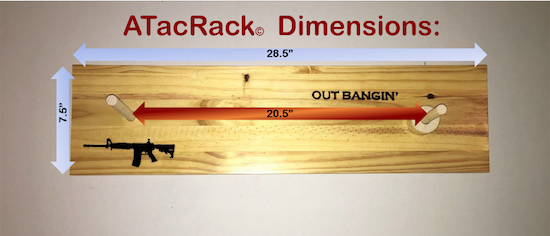
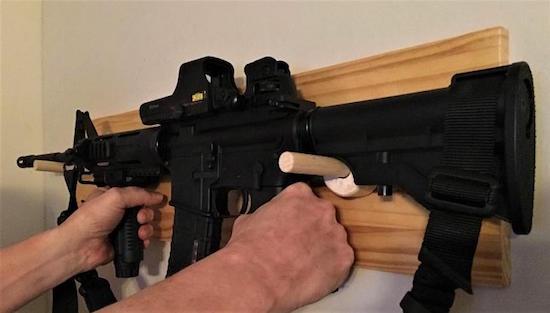
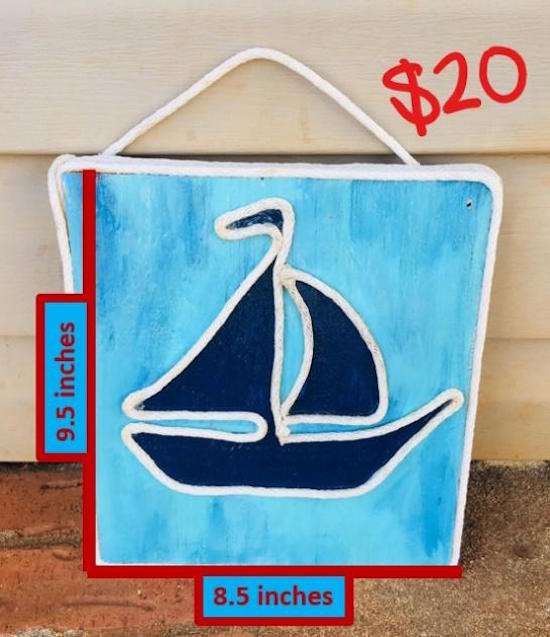
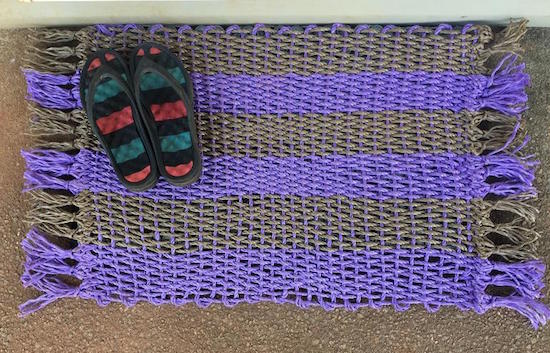
Keywords/Titles/Trending
Like shipping, this isn't a big deal for local advertising. People will see the item by chance rather than by directly searching for it, so just call it what it is, like "Live Edge Lazy Susan Spice Rack."
When selling from a platform like Etsy, keywords and "what's trending" are a big deal and for me involved constant changing of titles to make sure the product was being found by customers searching the site. A lot of sellers spend time optimizing this, but I found that "gift for men" was a year-round best seller that got decent hits for all holidays. Each item will likely have some unique keywords, but "trendy" descriptions like "Live Edge" help get hits for even obscure items like my spice rack.
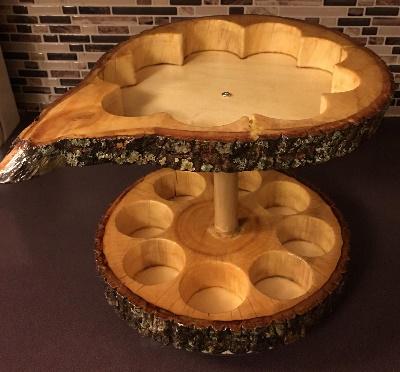
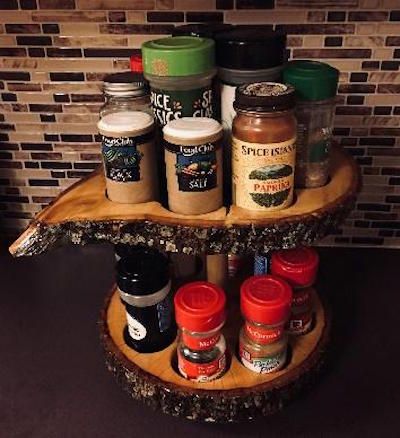
Good luck, and happy crafting/money making!
DNA-Doc
www.alpharubicon.com
All materials at this site not otherwise credited are Copyright © 1996 - 2020 Trip Williams. All rights reserved. May be reproduced for personal use only. Use of any material contained herein is subject to stated terms or written permission.